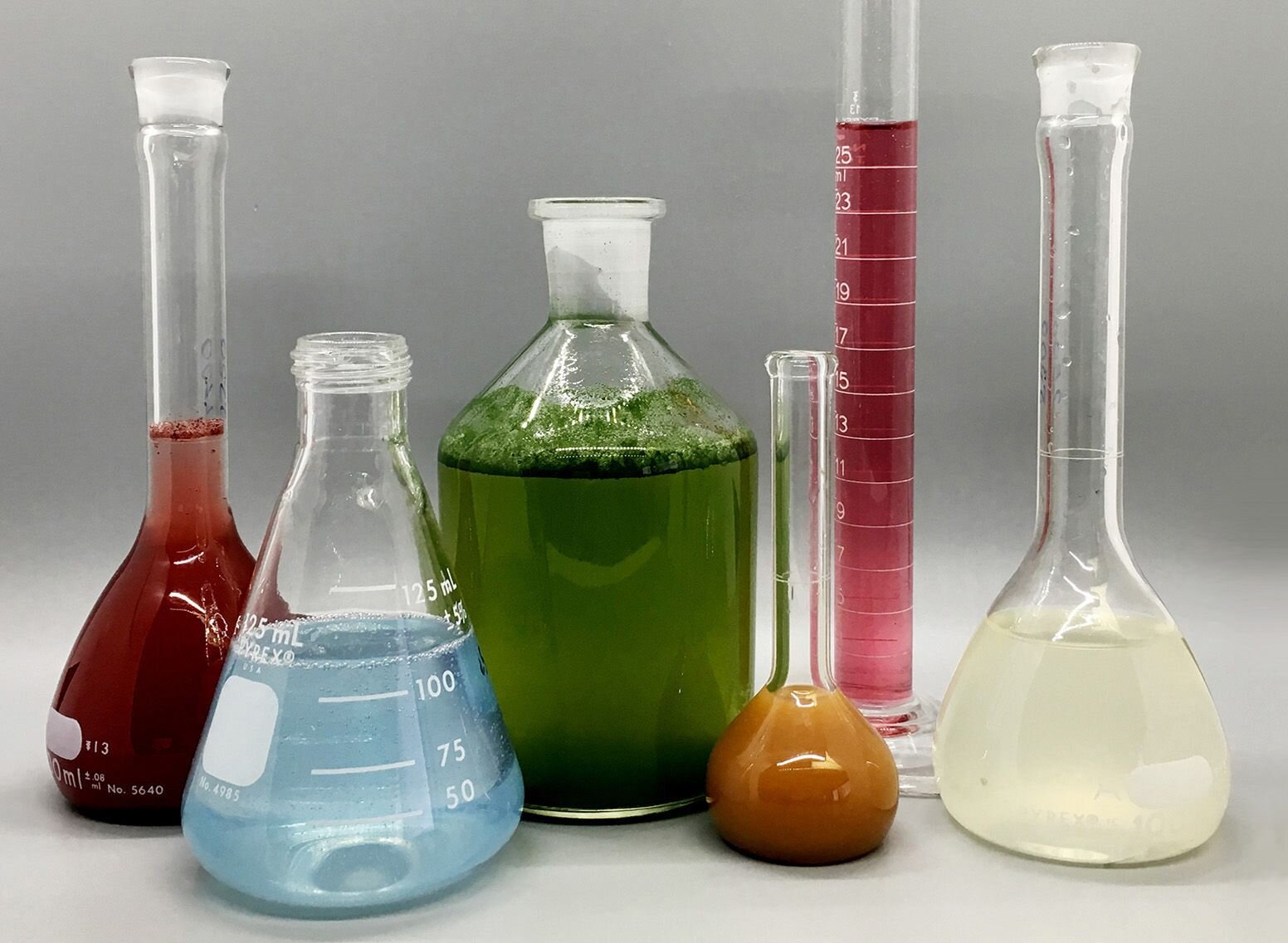3 Easy Facts About Circularly Polarized Luminescence Described
3 Easy Facts About Circularly Polarized Luminescence Described
Blog Article
The Buzz on Circularly Polarized Luminescence
Table of ContentsUv/vis/nir Fundamentals ExplainedA Biased View of Circular DichroismSpectrophotometers Fundamentals ExplainedSome Known Details About Uv/vis/nir Circular Dichroism - The Facts

Spectrophotometry is a tool that hinges on the quantitative analysis of particles depending on how much light is absorbed by colored compounds.
The Definitive Guide for Circularly Polarized Luminescence
A spectrophotometer is commonly utilized for the measurement of transmittance or reflectance of options, transparent or nontransparent solids, such as polished glass, or gases. Although lots of biochemicals are colored, as in, they soak up noticeable light and for that reason can be measured by colorimetric procedures, even colorless biochemicals can often be transformed to colored substances ideal for chromogenic color-forming responses to yield compounds suitable for colorimetric analysis.: 65 Nevertheless, they can also be designed to determine the diffusivity on any of the listed light ranges that typically cover around 2002500 nm using different controls and calibrations.
An example of an experiment in which spectrophotometry is used is the determination of the balance constant of a service. A certain chain reaction within a solution might happen in a forward and reverse direction, where reactants form products and items break down into reactants. At some point, this chain reaction will reach a point of balance called a balance point.
The Buzz on Circular Dichroism
The amount of light that passes through the service is a sign of the concentration of certain chemicals that do not allow light to travel through. The absorption of light is due to the interaction of light with the electronic and vibrational modes of particles. Each kind of molecule has an individual set of energy levels related to the makeup of its chemical bonds and nuclei and thus will soak up light of particular wavelengths, or energies, resulting in distinct spectral properties.
They are commonly used in numerous industries consisting of semiconductors, laser and optical manufacturing, printing and forensic evaluation, as well as in labs for the research study of chemical substances. Spectrophotometry is frequently used in measurements of enzyme activities, decisions of protein concentrations, determinations of enzymatic kinetic constants, and measurements of ligand binding reactions.: 65 Eventually, a spectrophotometer is able to determine, depending on the control or calibration, what substances are present in a target Visit This Link and exactly how much through computations of observed wavelengths.
Developed by Arnold O. Beckman in 1940 [], the spectrophotometer was created with the aid of his colleagues at his business National Technical Laboratories established in 1935 which would become Beckman Instrument Business and eventually Beckman Coulter. This would come as an option to the formerly created spectrophotometers which were not able to absorb the ultraviolet correctly.
The Best Guide To Circularly Polarized Luminescence
It would be discovered that this did not offer satisfying outcomes, therefore in Model B, there was a shift from a glass to a quartz prism which permitted for much better absorbance outcomes - circularly polarized luminescence (https://hubpages.com/@olisclarity1). From there, Model C was born with a modification to the wavelength resolution which wound up having 3 systems of it produced
It was produced from 1941 to 1976 where the cost for it in 1941 was US$723 (far-UV accessories were a choice at extra expense). In the words of Nobel chemistry laureate Bruce Merrifield, it was "most likely the most important instrument ever developed towards the improvement of bioscience." Once it ended up being terminated in 1976, Hewlett-Packard created the very first commercially available diode-array spectrophotometer in 1979 called the HP 8450A. It irradiates the sample with polychromatic light which the sample soaks up depending upon its properties. Then it is sent back by grating the photodiode variety which spots the wavelength region of the spectrum. Ever since, the creation and execution of spectrophotometry gadgets has increased exceptionally and has become one of the most innovative instruments of our time.

Some Known Incorrect Statements About Uv/vis
The grating can either be movable or fixed.
In such systems, the grating is repaired and the strength of each wavelength of light is determined by a various detector in the range. Additionally, most contemporary mid-infrared spectrophotometers use a Fourier transform strategy to get the spectral information - https://www.4shared.com/u/FvsNFVfH/julieanndesalorenz30606.html. This technique is called Fourier change infrared spectroscopy. When making transmission measurements, the spectrophotometer quantitatively compares the portion of light that travels through a referral solution and a test service, then digitally compares the intensities of the 2 signals and calculates the portion of transmission of the sample compared to the reference standard.

Report this page